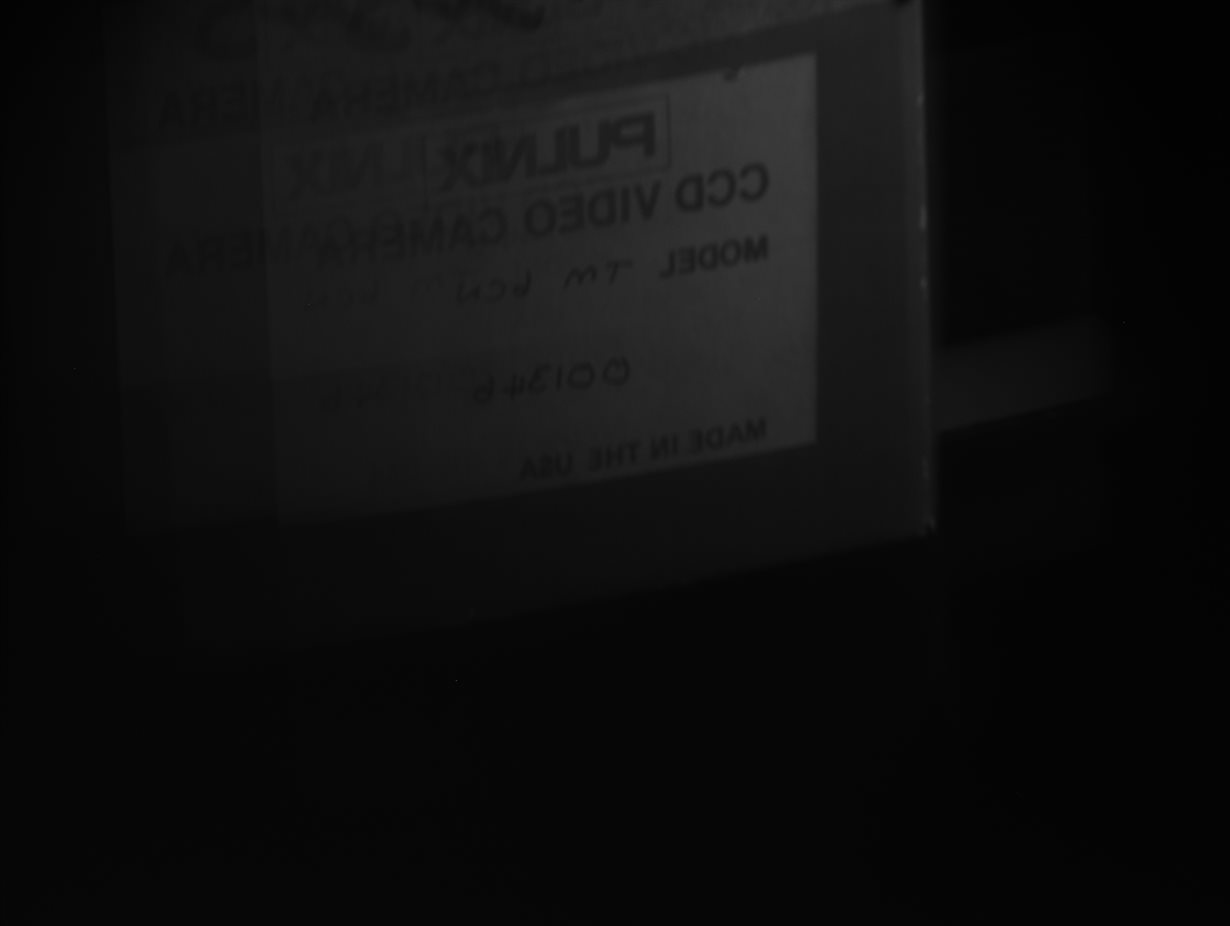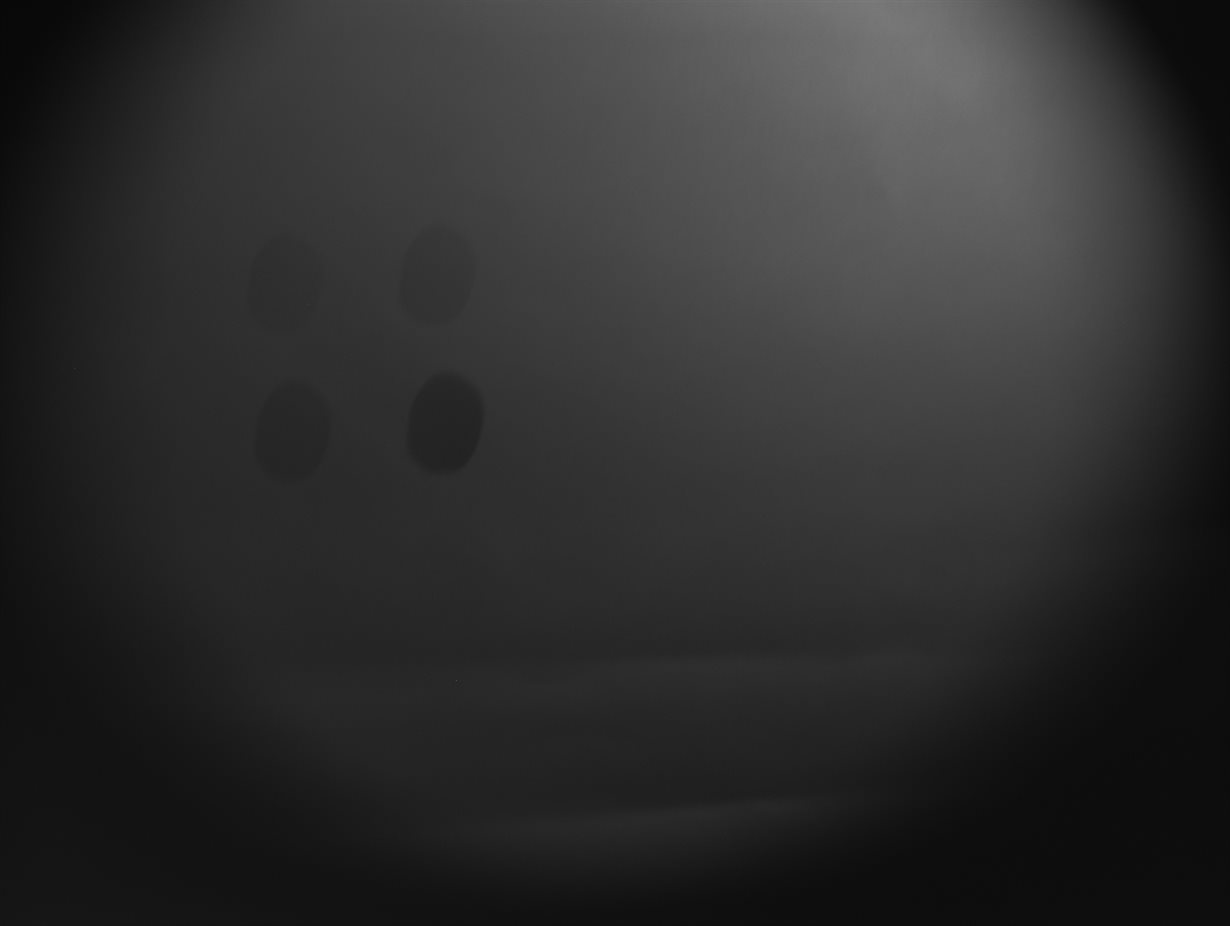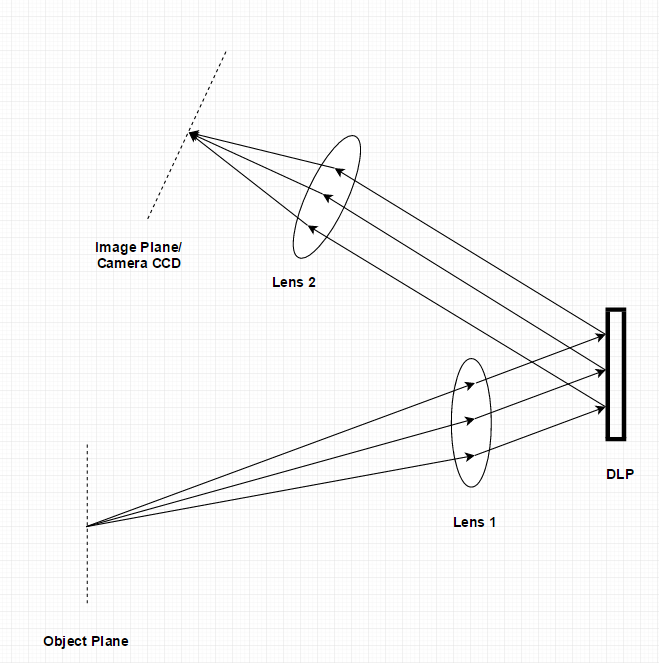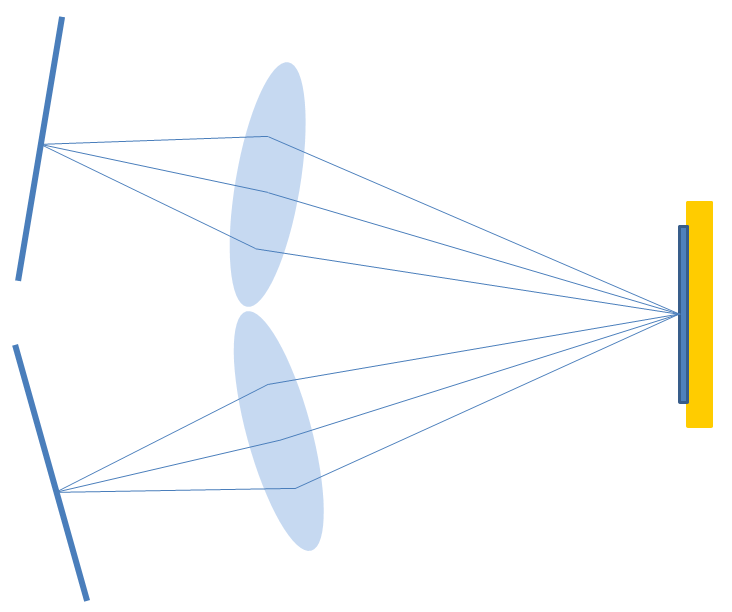Hi
I am trying to create a programmable aperture using a DLP but due to the nature of the application I appear to get lots of diffraction artifacts in my images (see attached).
Are there any image processing techniques that I can use to remove these artifacts. i.e. post processing techniques.
In the images below we see a picture of a dot. Only 1 dot is being photographed (bottom right) but 3 other dots appear around it. Can this be removed post processing?
It was suggested to Use 2D FIR filters. Not sure if any other techniques are possible?





